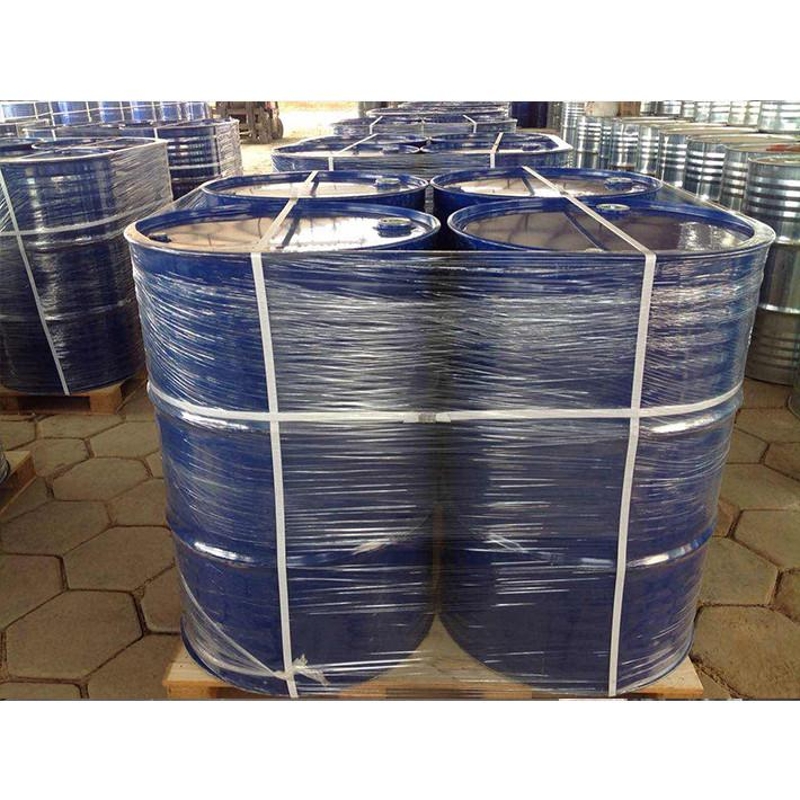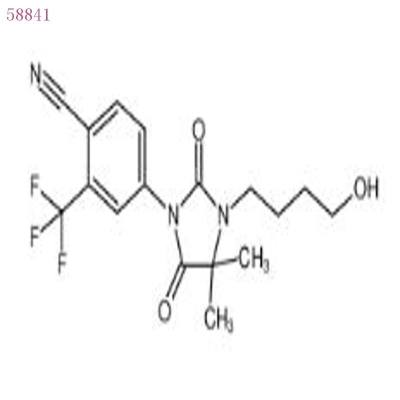The new transcription regulatory complex inhibits transcription
-
Last Update: 2020-12-14
-
Source: Internet
-
Author: User
Search more information of high quality chemicals, good prices and reliable suppliers, visit
www.echemi.com
regulation of gene expression is essential for the formation, development and maintenance of various biological functions of living organisms, and the disorder of gene expression is closely related to the occurrence of various diseases. Although researchers have had a relatively clear understanding of the mechanism of gene transcription regulation in the past, little is known about the dynamic regulation of the C-side domain (CTD) of RNA polymerase II (Pol II), especially the transcription suppression mechanism.
November 27, science magazine published the results of the research work of the Xu Yanhui team and Chen Fei team of Fudan University Affiliated Oncology Hospital/Biomedical Research Institute in a long article. The study found a new transcription regulatory complex INTAC, and analyzed THETAC's high-resolution cryoscopic structure, revealing that INTAC as a dual-functional enzyme with RNA shearing and dephosphorylation activity, can remove Pol II multiple CTD phosphorylation site to play transcription suppression function. This study found for the first time that PP2A, an important phosphatase, can directly regulate transcription, break through the previous relevant cognition, and expand the research scope of phosphatase and transcription regulation, two important research areas. The above work is another important achievement made by Xu Yanhui's research group in the study of the structural function of transcription regulation after publishing a long article in Science in early 2020 revealing the chromatin remodeling mechanism of human-sourced BAF complex.
as a non-classical regulatory sub-base, the Integrator complex is able to cut multiple RNAs and regulate transcription by combining Pol II. During the Integrator structural study, the team found strong interactions between Integrator and PP2A core enzymes (PP2A-AC). Through systematic bio-chemical and structural research, the two form a stable functional complex and name it INTAC.
PP2A is one of the most important protein phosphatases in the human body, and in some tissues it reaches 1% of the total protein content. There have been no previous reports of PP2A directly involved in transcription regulation, which regulates multiple life processes and involves the occurrence of multiple diseases within cells. The team analyzed THETAC's high-resolution structure and found that the two catalytic modules, nuclease and phosphatase, were distributed on both sides of the core skeleton module. Further bio-chemical studies have found that PP2A-AC in INTAC removes Pol II CTD phosphorylation and inhibits transcription activity. Integrator recruited Pol II to enable PP2A-AC to perform dephosphorylation activity. The activity of INTAC phosphatase and nuclease respectively regulates the different processes of transcription, that is, the near-end termination of the initiator of the primary regulatory gene of nuclease activity, while the activity of dephosphatase can inhibit the release and transcription extension of suspended Pol II at the same time.
research team said that the study identified PP2A direct regulation of gene transcription, not only expanded transcription regulation and PP2A-related areas of research boundaries, but also targeted PP2A drug development has provided important guidance. In addition, in the past, PP2A-based targeted drug development only focused on its role in signal transductive regulation, follow-up targeted drug development needs to be inspired from the study to take into account its direct regulatory transcription function. (Source: Huang Xinbuye, China Science Journal)
relevant paper information:
This article is an English version of an article which is originally in the Chinese language on echemi.com and is provided for information purposes only.
This website makes no representation or warranty of any kind, either expressed or implied, as to the accuracy, completeness ownership or reliability of
the article or any translations thereof. If you have any concerns or complaints relating to the article, please send an email, providing a detailed
description of the concern or complaint, to
service@echemi.com. A staff member will contact you within 5 working days. Once verified, infringing content
will be removed immediately.







